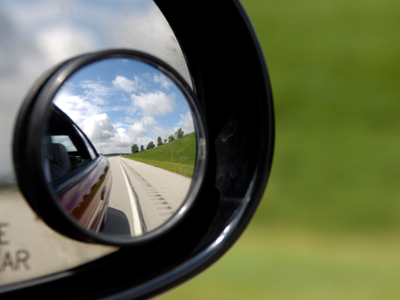
Physics - Reflection (AQA)
One part of GCSE Science is the study of waves, including both mechanical waves (such as sound) and electromagnetic waves (such as light). This is the first of six quizzes on waves and it looks at reflection.
Waves travel in straight lines unless they are diffracted, refracted or reflected and this quiz deals with the last of those three. Reflection is completely predictable, all you need to know is the law of reflection. This simply states that 'the angle of incidence is equal to the angle of reflection'. But what are these angles and how are they measured?
The angle of incidence is the angle at which a wave hits the reflecting surface. The angle of reflection is the angle at which the wave bounces off the reflecting surface. It doesn't matter what the surface is or how smooth or bumpy it is, the law of reflection is ALWAYS obeyed.
Ready for more?
not all...
quizzers. Try to win a coveted spot on our Hall of Fame Page.







